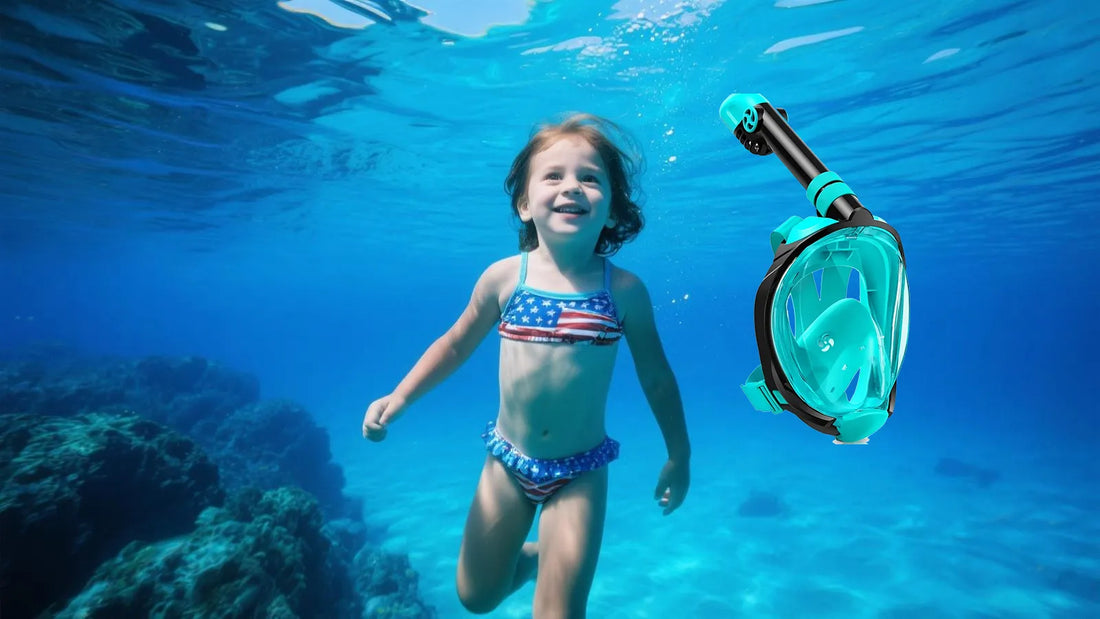Have you ever wondered if you can breathe while snorkeling? The answer is a resounding yes, but it requires the right techniques and equipment. Snorkeling is a popular activity that allows you to explore the underwater world without the need for heavy scuba gear. However, breathing underwater is not as simple as it seems. This article will guide you through everything you need to know about breathing while snorkeling, from the basics to advanced tips.
Understanding the Basics of Snorkeling
Snorkeling involves swimming on the surface of the water while using a snorkel to breathe. The snorkel is a tube that allows you to draw air from above the water while your face is submerged. This simple yet effective tool is what makes snorkeling possible. But how does it work, and what do you need to know to breathe comfortably?
The Role of the Snorkel
The snorkel is a crucial piece of equipment for breathing while snorkeling. It consists of a tube with a mouthpiece at one end and an opening at the other. When you place the mouthpiece in your mouth and submerge your face, the tube extends above the water, allowing you to breathe air from the surface. The snorkel must be long enough to reach above the water but not so long that it becomes difficult to breathe through.
Breathing Techniques
Breathing through a snorkel requires some practice. Unlike normal breathing, you need to breathe slowly and deeply to ensure a steady flow of air. Rapid or shallow breathing can lead to discomfort and even panic. It's essential to stay calm and focus on your breathing rhythm. Practice in shallow water before venturing into deeper areas to build your confidence.
Choosing the Right Equipment
Selecting the right snorkeling gear is vital for a comfortable and safe experience. The snorkel itself is just one part of the equation. You also need a mask that fits well and provides a clear view underwater. A poorly fitting mask can cause leaks, making it difficult to breathe and see clearly.
Mask Fit and Seal
A good snorkeling mask should fit snugly on your face without causing discomfort. The seal around the edges of the mask should be tight enough to prevent water from entering but not so tight that it causes pain. Test the fit by placing the mask on your face without the strap and inhaling gently. If the mask stays in place, it's a good fit.
Dry vs. Wet Snorkels
There are two main types of snorkels: dry and wet. A dry snorkel has a mechanism that prevents water from entering the tube when submerged, making it easier to breathe. A wet snorkel, on the other hand, allows water to enter but has a purge valve to expel it. Choose the type that best suits your comfort level and experience.
Common Challenges and Solutions
Even with the right equipment and techniques, snorkeling can present challenges. Understanding these challenges and knowing how to overcome them will enhance your experience.
Water in the Snorkel
One of the most common issues snorkelers face is water entering the snorkel. This can happen if you dive below the surface or if a wave splashes over the top of the tube. To clear the water, exhale forcefully through the snorkel to blow the water out. Practice this technique in a controlled environment before heading out into open water.
Mask Fogging
Mask fogging can obstruct your view and make snorkeling less enjoyable. To prevent fogging, apply an anti-fog solution to the inside of the mask before entering the water. Alternatively, you can use saliva as a natural anti-fog agent. Spread a thin layer of saliva on the lens and rinse it briefly with water.
Advanced Tips for Breathing While Snorkeling
Once you've mastered the basics, you can explore advanced techniques to improve your snorkeling experience. These tips will help you breathe more efficiently and enjoy your time underwater.
Relaxation and Buoyancy
Staying relaxed is key to efficient breathing while snorkeling. Tension in your body can lead to shallow breathing and increased oxygen consumption. Focus on maintaining a neutral buoyancy to conserve energy and reduce the effort required to stay afloat. Use your fins to propel yourself gently through the water.
Breathing Through Your Nose
While snorkeling, it's essential to breathe through your mouth, as the snorkel is designed for this purpose. However, some people find it challenging to switch from nasal breathing. Practice breathing through your mouth before snorkeling to get accustomed to the sensation. You can also use a nose clip to prevent accidental nasal breathing.
Safety Considerations
Safety should always be a top priority when snorkeling. Understanding the risks and taking precautions will ensure a safe and enjoyable experience.
Know Your Limits
It's important to know your physical limits and avoid pushing yourself too hard. Snorkeling can be physically demanding, especially in strong currents or rough waters. Stay within your comfort zone and take breaks as needed. If you feel tired or uncomfortable, return to shore and rest.
Buddy System
Snorkeling with a buddy is always a good idea. Having someone with you can provide assistance in case of an emergency and make the experience more enjoyable. Keep an eye on each other and communicate regularly to ensure everyone is safe and comfortable.
Breathing while snorkeling is a skill that can be mastered with practice and the right equipment. By understanding the basics, choosing the right gear, and following safety guidelines, you can enjoy the wonders of the underwater world with ease. So, can you breathe while snorkeling? Absolutely, and with these tips, you'll be doing it like a pro in no time.

